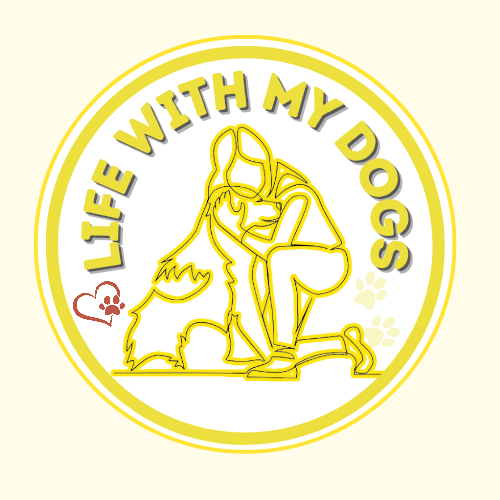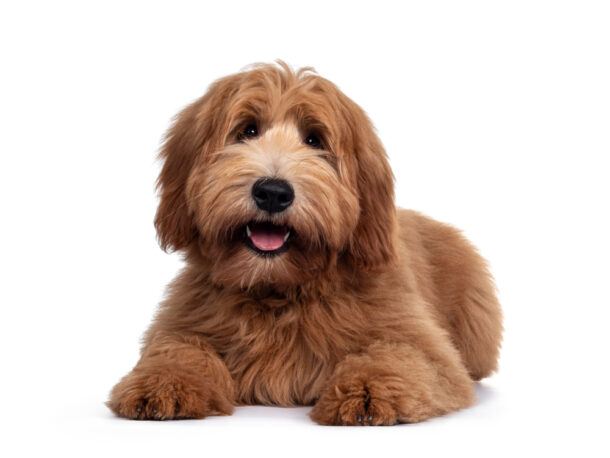LifeWithMyDogs is supported by our audience. When you purchase through one of our links, we may earn a small affiliate commission. As an Amazon Associate I earn from qualifying purchases. Your cost is not affected.
**********
Alright, fellow dog lovers, let’s talk about a topic near and dear to every pet parent’s heart: grooming. Picture this – you’re snuggled up with your furry friend, basking in the warmth of their unconditional love, when suddenly, you notice those telltale signs: a few stray hairs here, a tiny tangle there. It’s grooming time!
But fear not, because today, we’re diving headfirst into the wonderful world of dog brushes. Yep, those magical tools that not only keep your pup looking dapper but also play a crucial role in their overall health and happiness. So, grab your favorite canine companion and let’s embark on a tail-wagging adventure through the ins and outs of dog grooming!
Dog Brushes: Unleashing the Power of Grooming
Grooming is a crucial part of dog care that serves both aesthetic and health purposes. As a pet owner, I understand the importance of maintaining my dog’s coat. Choosing the right tools is a vital step in this process.
Different types of dog brushes are designed to handle various coat types and grooming needs. They range from removing loose fur to detangling and smoothing.
For instance, rubber brushes are excellent for massaging and attracting loose fur from short to medium coats. Meanwhile, slicker brushes can reach deep into thicker coats to remove tangles and mats.
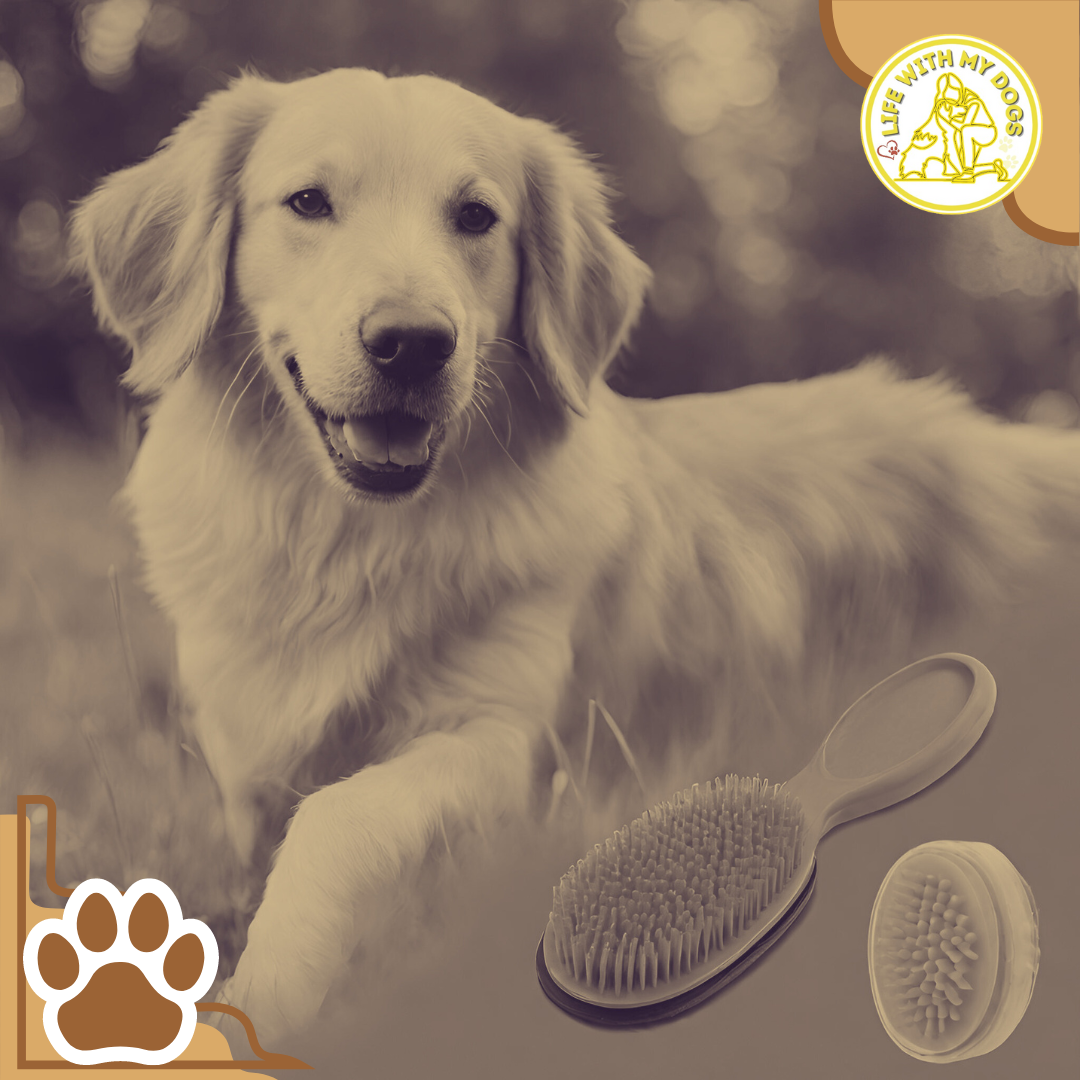
For instance, the gentle use of grooming gloves can provide a comforting experience for dogs with sensitivities while still collecting loose hair. Over time, this consistent and nurturing routine of brushing not only helps maintain my dog’s coat but also strengthens our relationship.
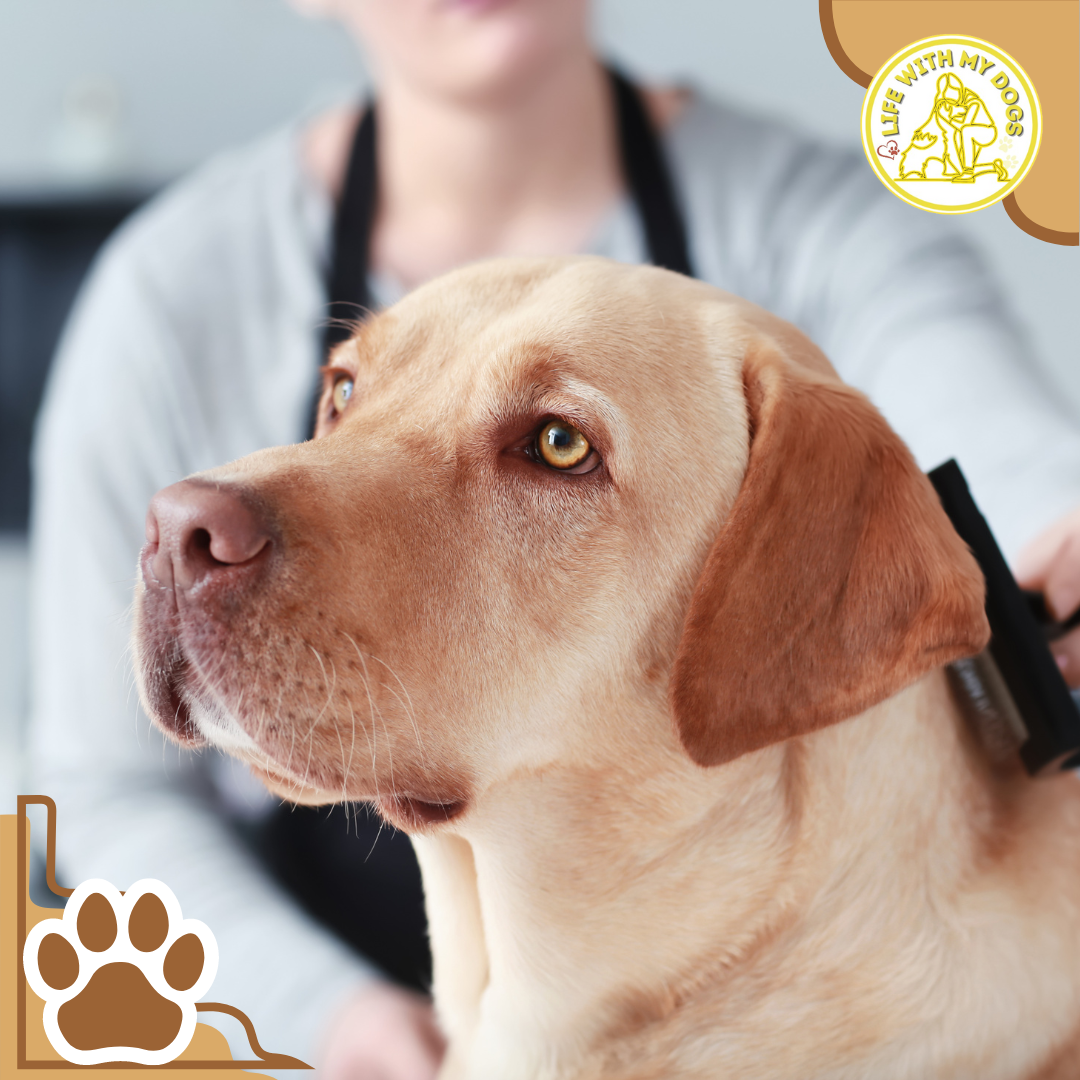
Key Takeaways
- Different brushes cater to different coat types and grooming requirements.
- The right brush promotes coat health and can prevent skin issues.
- Regular grooming strengthens the bond between a dog and its owner.
- Dog groomers and owners use dog brushes such as: rubber curry brush, pin brushes, bristle brushes, slicker brush, grooming gloves, combs, flea comb, dematting combs, undercoat rakes
Understanding Dog Brushes
When it comes to grooming, the right tools make all the difference. I’ll help you understand the different types of dog brushes and their uses, how to select one that matches your dog’s coat, and the importance of recognizing your dog’s coat type for effective grooming.
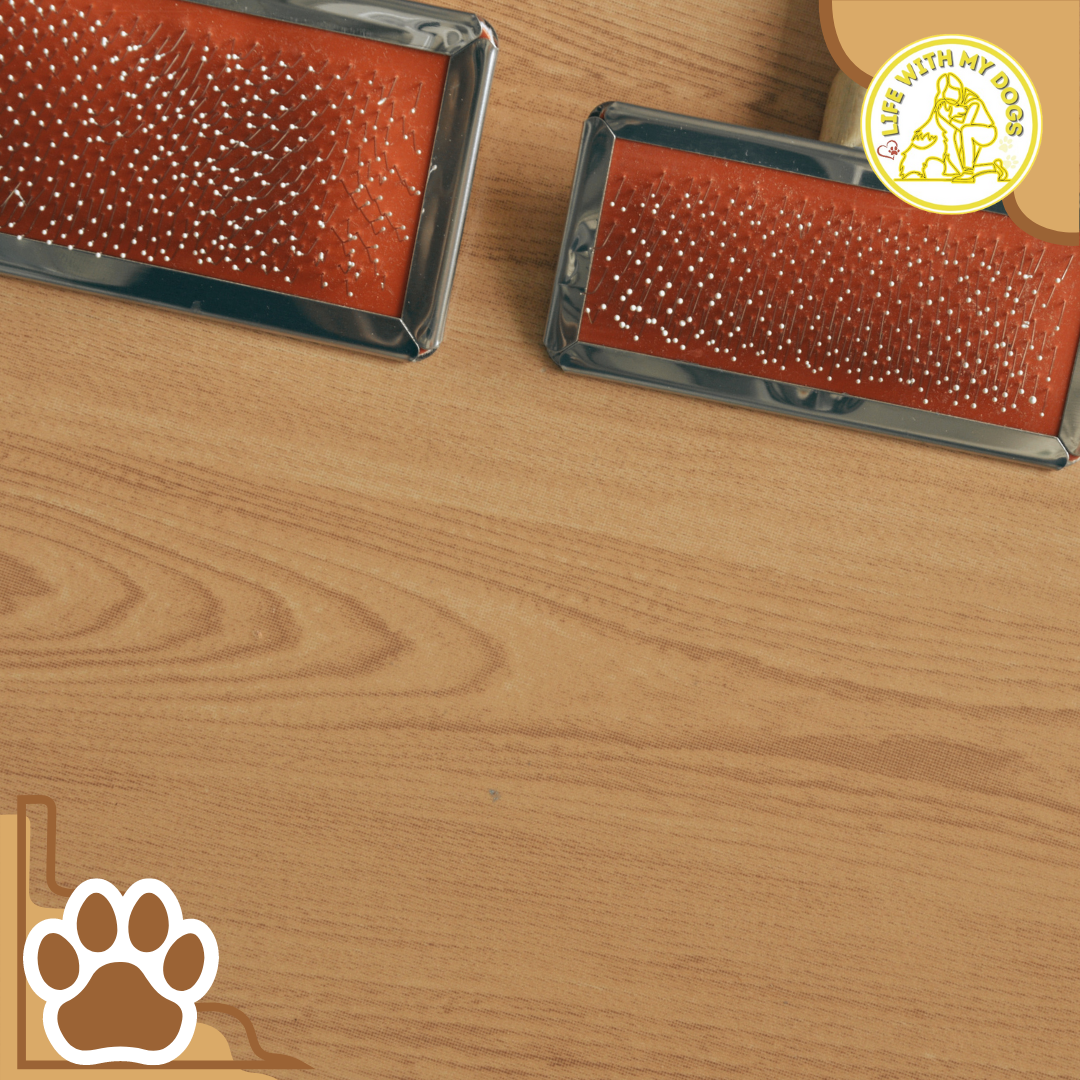
Brush Types and Purposes
There are several types of brushes, each designed for a specific grooming need. For example, slicker brushes are great for detangling and removing loose fur, while bristle brushes are ideal for dogs with short hair and sensitive skin. The 7 Types of Dog Brushes guide provides more detailed insights on the variety available.
For dogs with thick undercoats, undercoat rakes are a must-have to help prevent matting and to keep that undercoat in check.
Selecting the Right Brush
Choosing the right brush depends not only on your dog’s coat type but also on the desired outcome of the grooming session.
For instance, if I’m dealing with a lot of tangles, I might reach for a dematting tool or a pin brush. These are especially good for dogs with longer coats.
The goal is to match the brush to both your dog’s needs and the results you want, such as more shine or less shedding. Guides like Types of Dog Brushes: Which is Right for Your Pup? can help you make an informed decision.
Recognizing Your Dog’s Coat Type
Knowing your dog’s coat type is crucial to choosing the best grooming tools. Generally, dogs will have one of these coat types: smooth, double, wire, long, or curly. Each type has its own grooming challenges and needs.
For example, smooth-coated dogs need a simple rubber brush to keep the fur in good condition, whereas long-coated breeds might require several brush types to prevent mats and tangles. The Dog Brushes guide by the American Kennel Club is a great place to start if you’re unsure about your dog’s coat type.
Bristle Brushes
Bristle brushes are essential tools for keeping a dog’s coat smooth and free of debris. They work well with most hair types, particularly for dogs with short or smooth coats.
Natural Bristles
I find that natural bristle brushes are gentle on a dog’s skin. The bristles are often made from materials like boar hair.
Boar hair bristles are remarkably soft and flexible, making them excellent for distributing a dog’s natural oils throughout their coat, which helps to enhance shine and health.

Synthetic Bristles
On the other hand, I use synthetic bristle brushes because they are more durable and can be easier to clean. These bristles are typically made from nylon or other man-made fibers.
While they might not be as soft as natural bristles, nylon bristle brushes are better suited for dealing with slightly heavier shedding and can still provide a neat, groomed appearance.
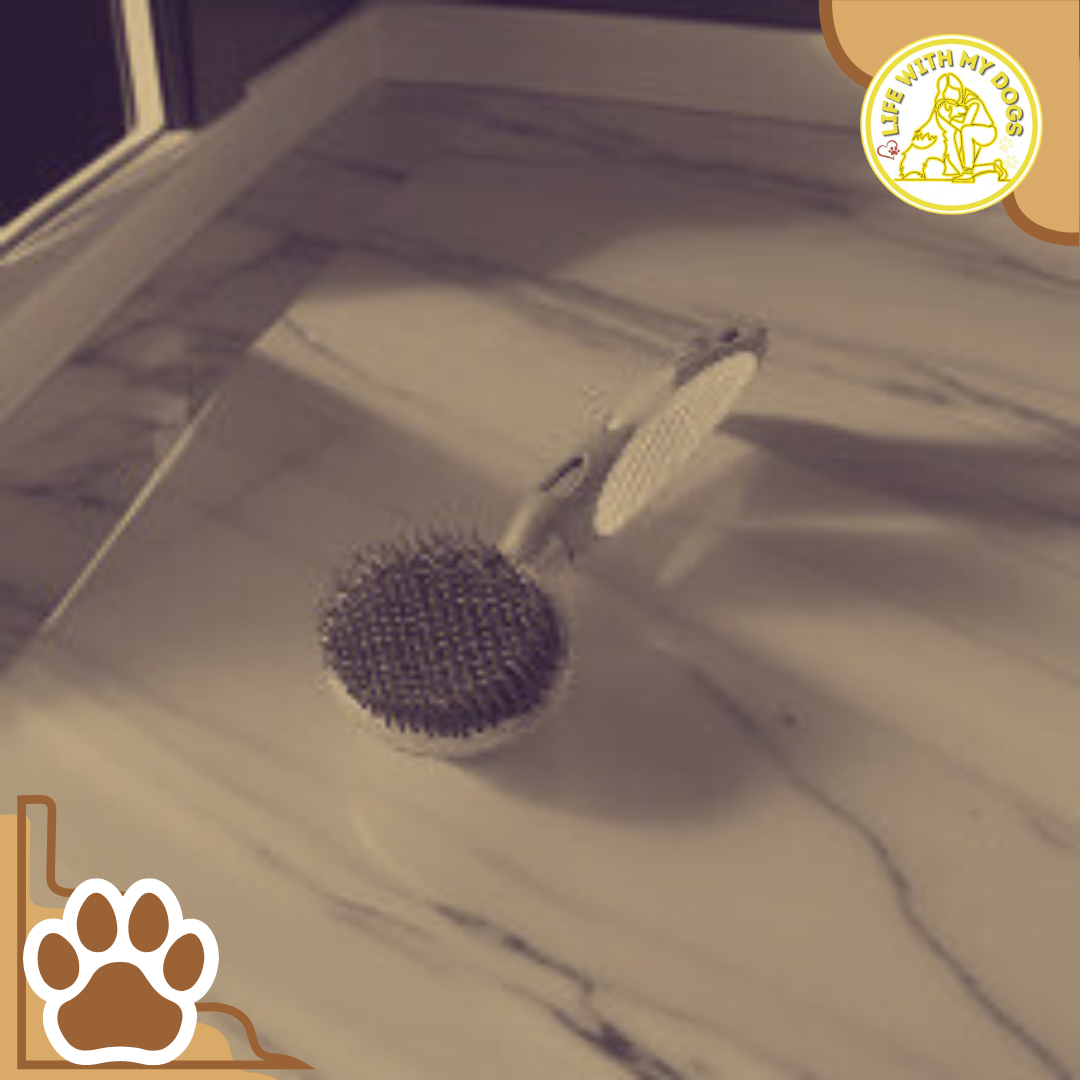
Wire-Pin Brushes
Wire-pin brushes are a gentler option for dogs with medium to long fur. They’re distinguished by their wire pins that efficiently detangle fur without pulling, making the grooming process comfortable for your pet.
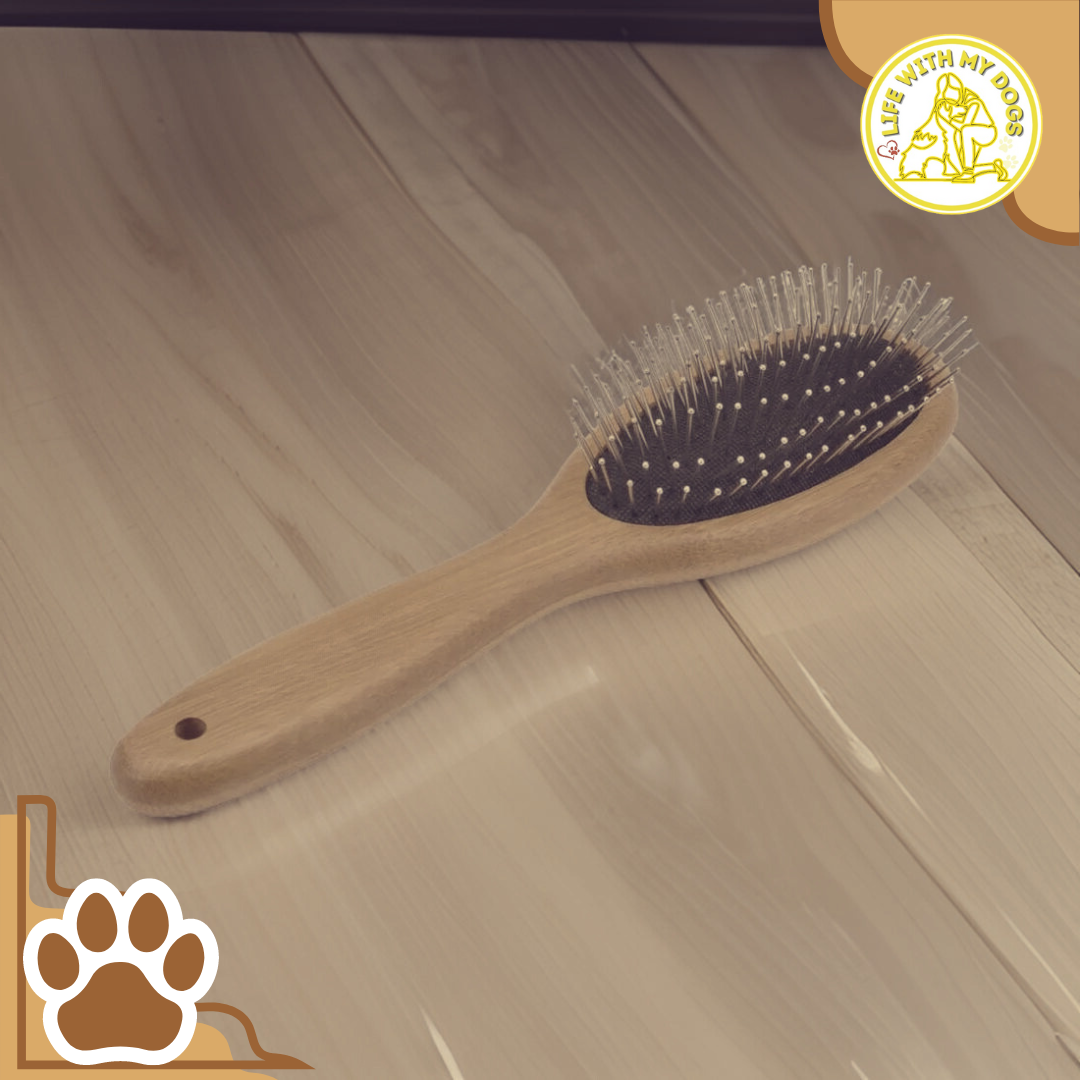
Flexible Pins
I’ve found that wire-pin brushes with flexible pins are particularly good for dogs with fine or delicate coats.
These brushes can glide easier through the fur, preventing any unnecessary pulling that can cause discomfort or even damage to the fur. The flexibility of the pins allows me to detangle knots with greater ease, reducing the grooming time.
Rounded Tips Pins
When I groom dogs with sensitive skin or those prone to irritation, I opt for wire-pin brushes that have rounded tips.
These brushes are beneficial because the rounded tips massage and stimulate the skin while preventing scratches. They’re excellent for distributing natural oils throughout the coat, boosting shine and health.
Slicker Brushes
Slicker brushes are an essential tool I use for grooming various dog breeds. They are particularly effective at removing loose fur and detangling.
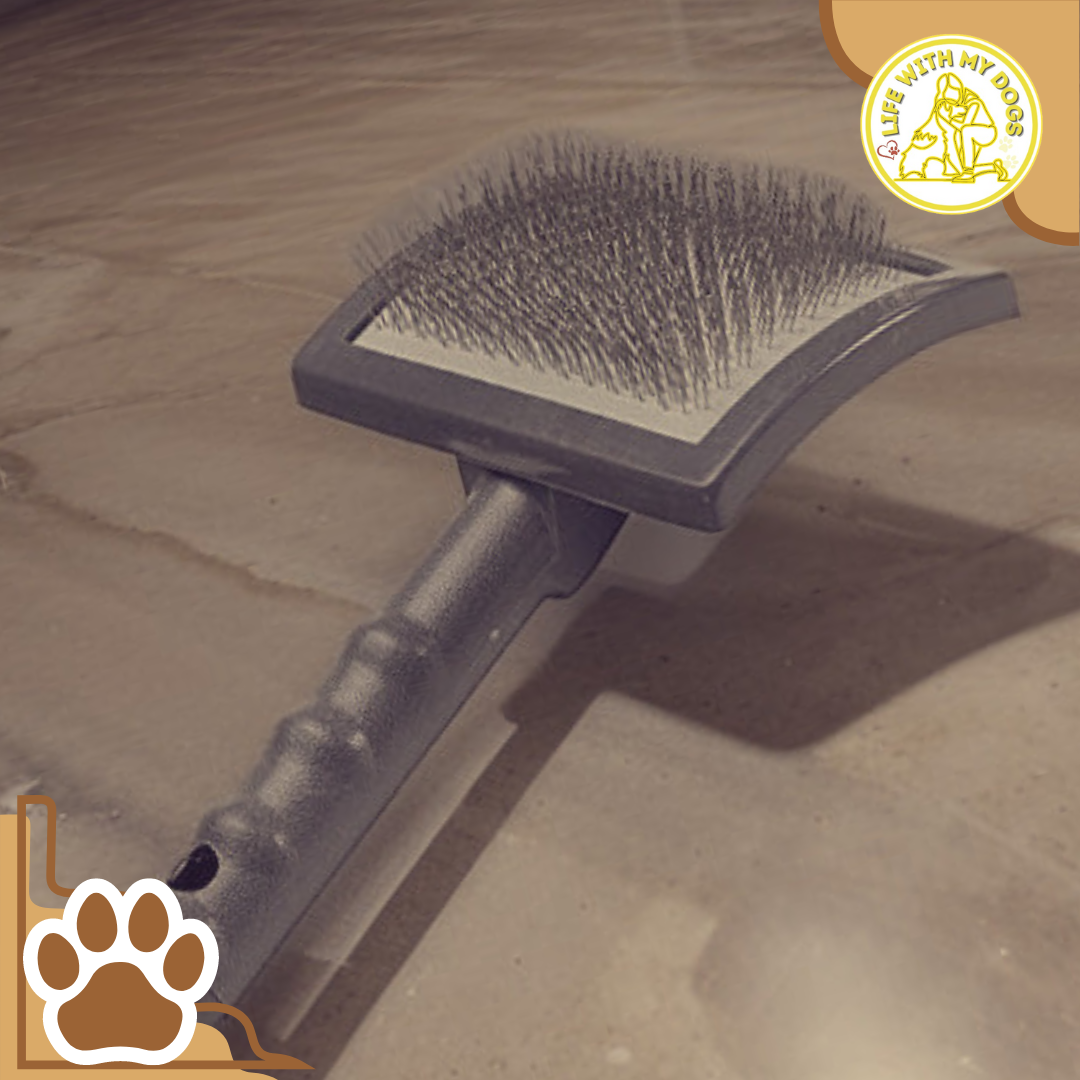
Fine Wire Bristles
Slicker brushes feature fine wire bristles, which I find perfect for gently but effectively penetrating through my dog’s coat.
These bristles are typically set on a flat or slightly curved base, allowing me to reach close to the skin without causing irritation.
Uses for Mats and Tangles
When I encounter mats and tangles in my dog’s fur, a slicker brush is my go-to tool. Its design allows me to tackle these tough areas with care.
Plus, regular use of a slicker brush helps in preventing the formation of new mats and maintaining a smooth, clean coat.
De-Shedding Tools
When it comes to keeping shedding under control, de-shedding tools are indispensable in my grooming kit. They’re designed to reach deep into the undercoat and remove loose hair without damaging the topcoat, helping to minimize the amount of fur my dog leaves around the house.
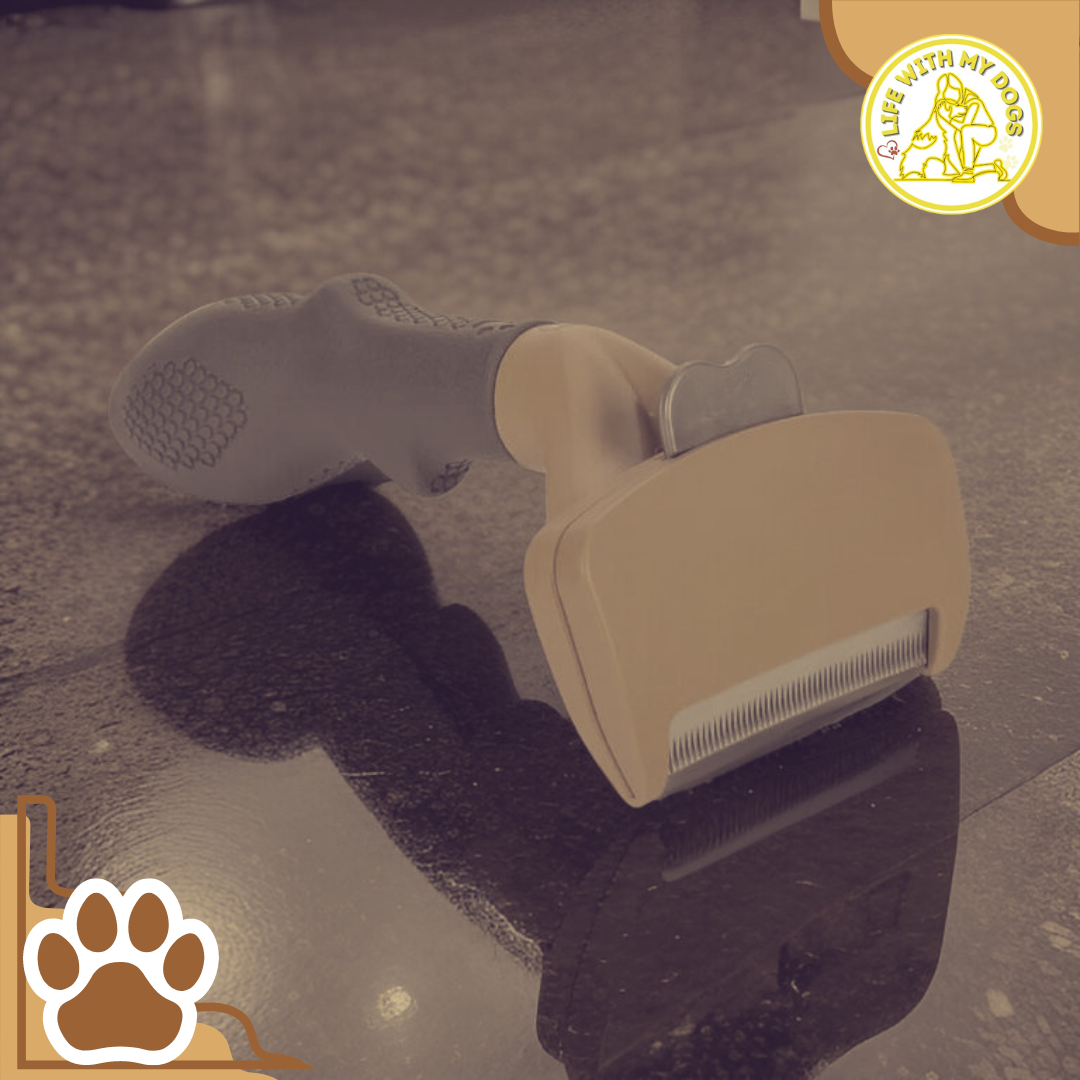
Blade Style De-shedders
Blade style de-shedders, like the Furminator, are my go-to for managing heavy shedding. They feature a stainless steel edge that gently works through the coat to pull out the loose undercoat.
Using a blade style de-shedder, I find that it’s really efficient for breeds with thick or long fur. The Furminator even comes with a handy FurEjector button to release the collected fur while grooming. Just make sure to use these tools with care to avoid irritating your dog’s skin.
Comb Style De-shedders
Comb style de-shedders, often featuring a rake-like design with wide heads and teeth, are great for dogs with thick coats.
When I use a rake, it helps remove shedding hair by effectively reaching deep into dense fur. These tools can have varying tooth lengths to accommodate different coat types, such as those seen in German Shepherds or Huskies.
Just make sure to use them with gentle, even pressure to thoroughly gather the loose hair without pulling or discomfort for your dog.
Grooming Gloves
Grooming gloves are a gentle and efficient way to brush and massage your pet. They are designed to mimic the touch of your hand for a soft and relaxing brushing session.
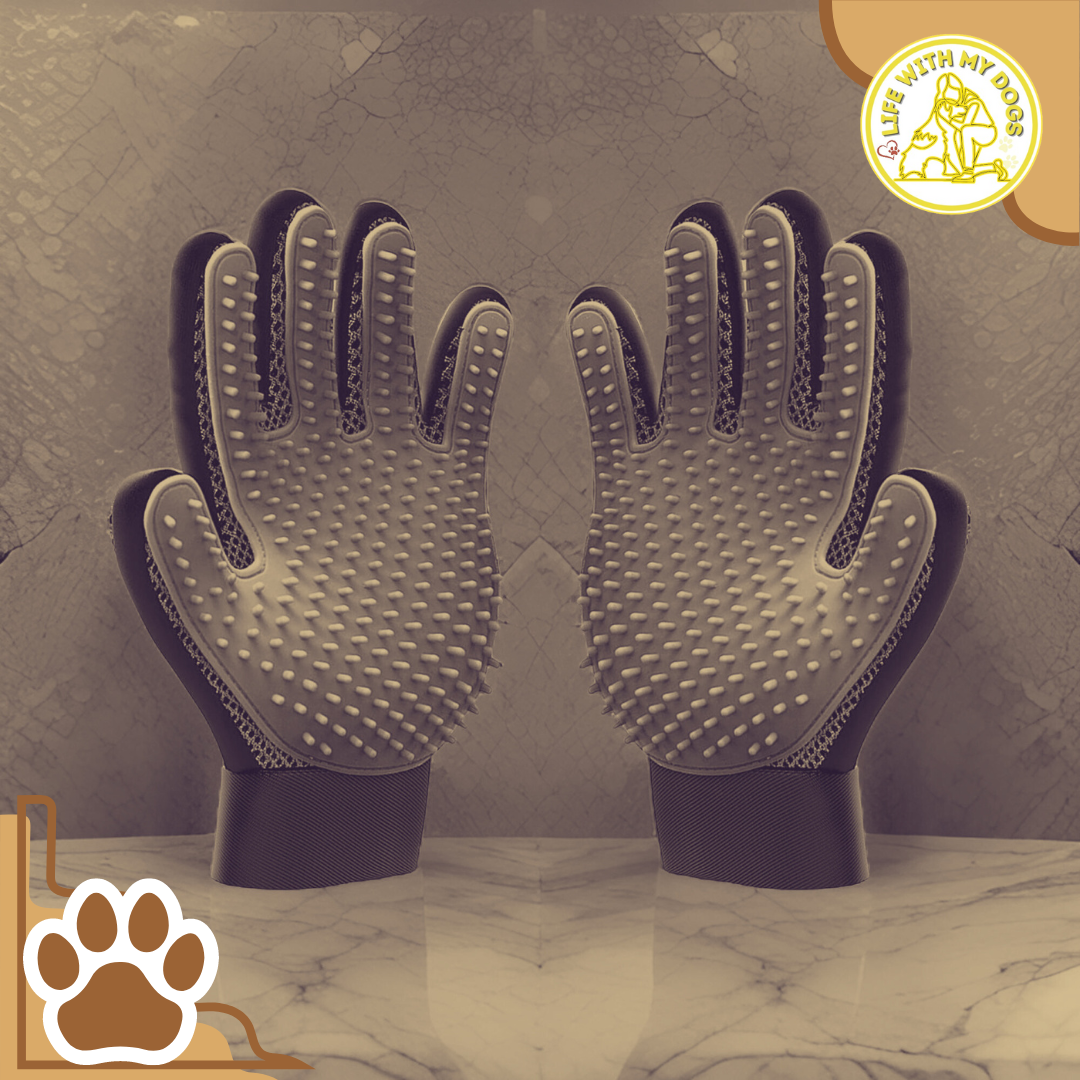
Rubber Tips
The rubber tips on grooming gloves are gentle enough to massage pets without irritating their skin.
I’ve found that they pick up loose fur effectively, especially during shedding season. They’re particularly useful for sensitive areas where traditional brushes might be too rough, like the face or paws.
Fabric and Mesh Materials
The fabric and mesh materials used in grooming gloves allow for breathability and flexibility.
This means my hand stays comfortable throughout the grooming process, preventing any sweating that can occur with non-breathable materials. I also appreciate how the fabric often extends beyond the wrist, providing an added layer of protection from stray fur during grooming sessions.
Brushing Techniques
To keep your dog’s coat healthy and shiny, I’ll show you the right techniques for brushing different types of coats. Remember, the gentle, consistent brushing will reduce shedding and improve your dog’s skin health.
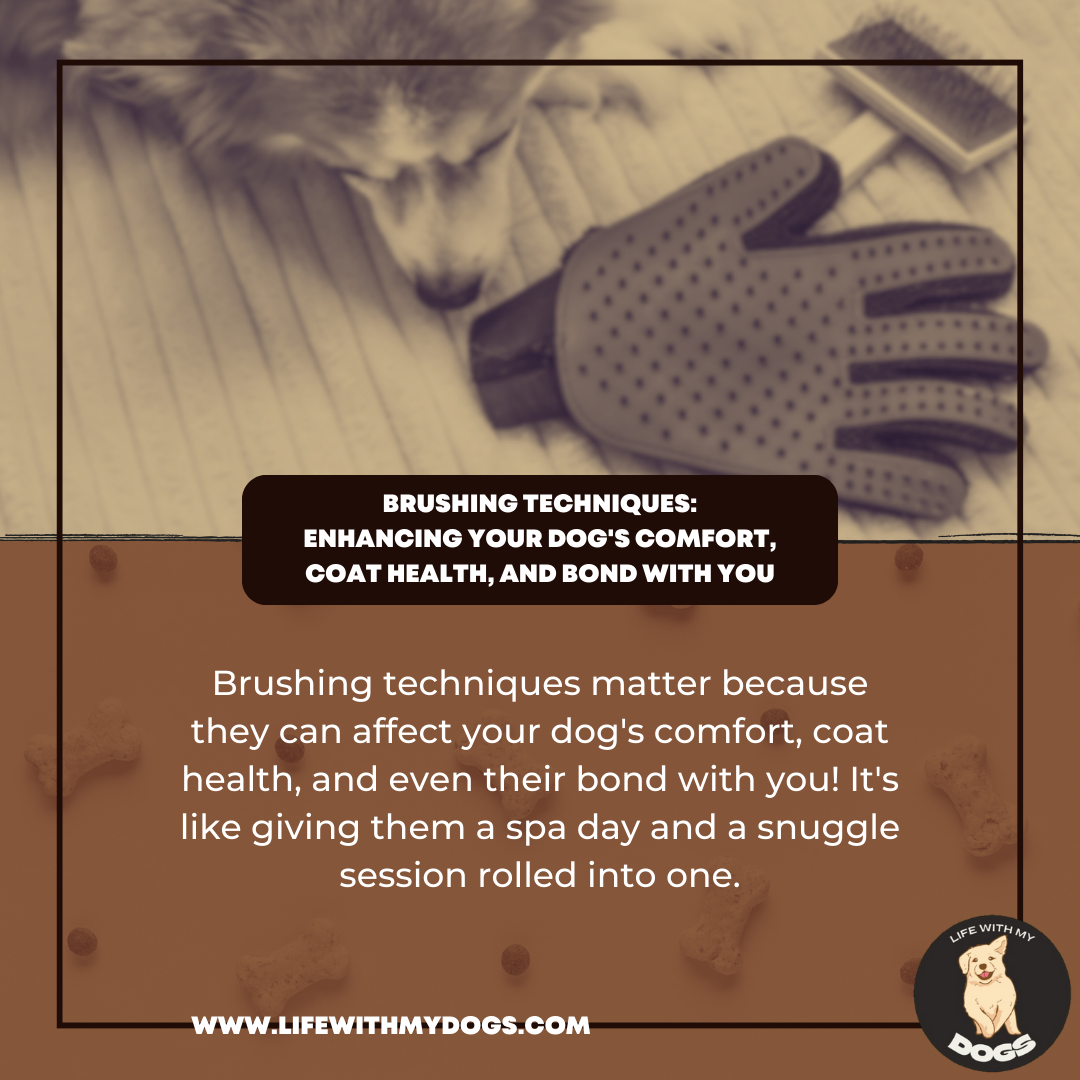
Short Coat Techniques
For dogs with short coats, I like to use a rubber brush or a bristle brush. The rubber brush helps with massaging their skin, which can stimulate blood flow and reduce shedding. Here are the steps I follow:
- Start at the head and move toward the tail.
- Use short, gentle strokes.
- Follow with a bristle brush to remove loose fur and add shine to the coat.
Long Coat Techniques
Long-coated breeds need a bit more attention. I usually opt for a slicker brush and sometimes a pin brush for finishing touches. Here’s how I go about it:
- Begin brushing at the ends of the hair, and work my way up to the skin to avoid pulling and discomfort.
- Utilize long, fluid strokes.
- Carefully detangle snarls to avoid any unnecessary tugging.
Brush Maintenance
Maintaining dog brushes is crucial for their longevity and effectiveness. I always make sure my brushes are cleaned regularly and replaced when they show signs of wear.
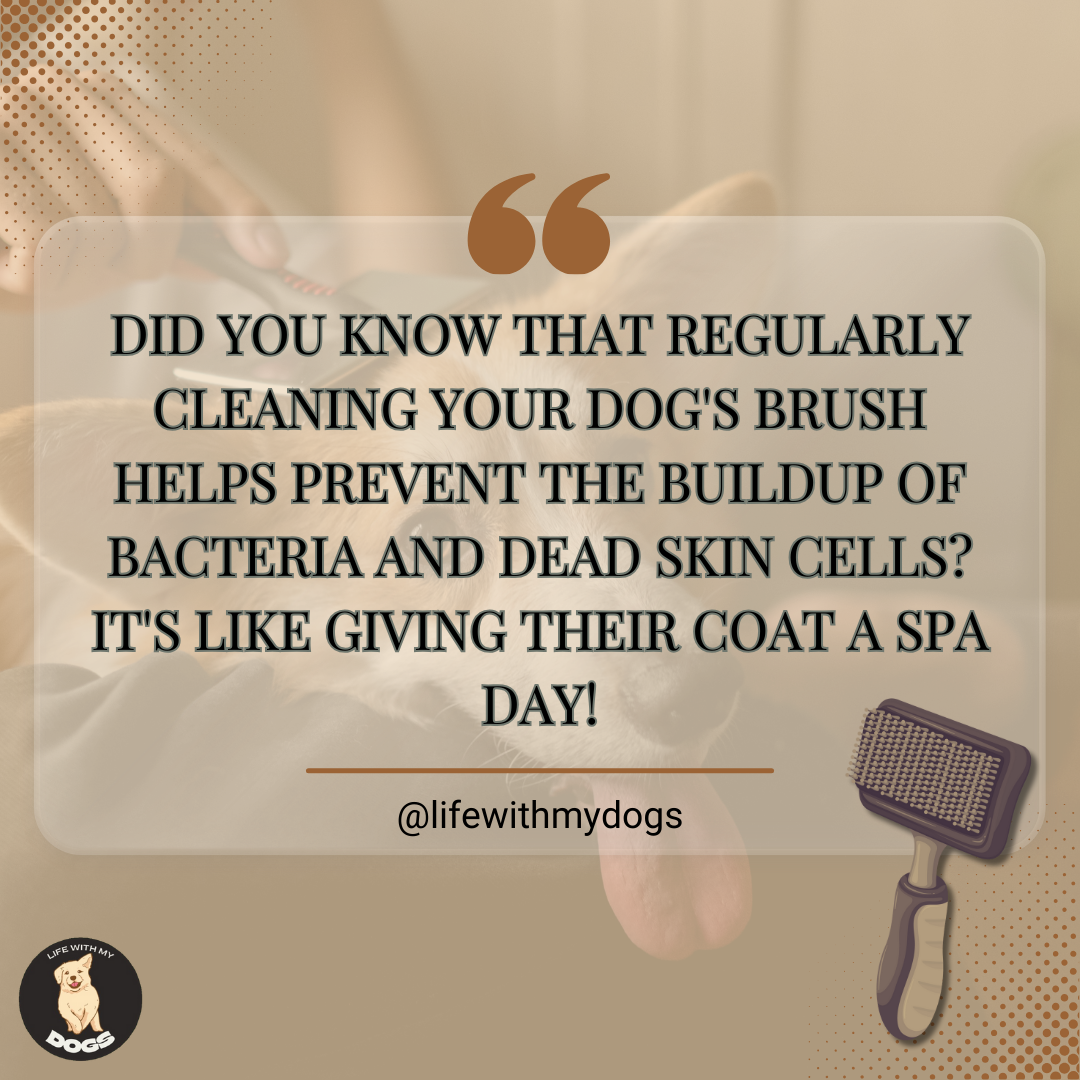
Cleaning Your Brushes
After each grooming session, I gently remove hair from the brush with a comb. For a deep clean, I soak my brushes in a solution of warm water and mild dog shampoo for about 10 minutes. This helps to remove oils, dirt, and any remaining debris. After soaking, I rinse them thoroughly and let them air dry before the next use.
Replacing Worn Brushes
When I notice bristles starting to bend or fall out, I know it’s time to replace my brush. A worn brush can be less effective and may even irritate my dog’s skin. I keep a close eye on the signs of wear and typically replace my dog’s brushes every 6 to 12 months, depending on how frequently I use them.
Considerations for Sensitive Skin
When I’m choosing a brush for a dog with sensitive skin, I prioritize gentle tools that can groom without causing discomfort. To protect their delicate skin, I focus on brushes that are designed to be soft and methods that ensure a soothing grooming experience.
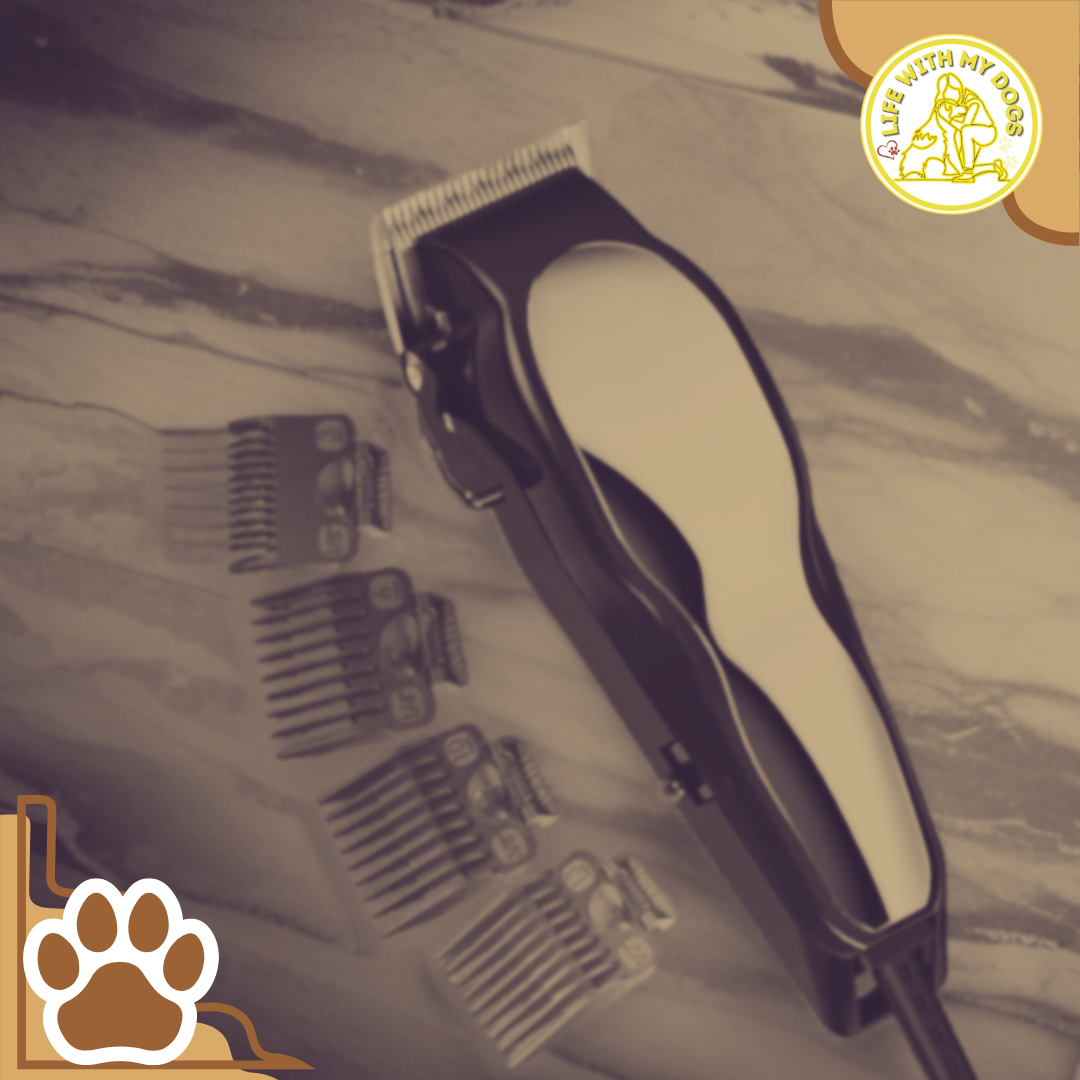
Soft Brush Options
Rubber Brush: For dogs with short to medium coats, I often recommend a rubber brush. This dog brush has soft, flexible rubber bristles that are gentle on the skin. They are also good for massaging the skin while removing dirt and debris. For instance, a rubber brush is excellent for dogs who might find firmer bristles uncomfortable.
Soft Bristle Brush: A soft bristle brush is my go-to for sensitive skin. The bristles are typically made of natural materials and spaced apart to glide over the skin without pulling or causing irritation. It’s ideal for finishing the grooming process, leaving the coat smooth and shiny.
Gentle Grooming Tips
- Start Slow: I always begin with short, gentle strokes and gradually increase as I gauge the dog’s comfort level. Pressure should be light to avoid scratching the skin.
- Regular Maintenance: Frequent grooming with the right tools can help prevent matting and tangles, which, when removed, can be painful for sensitive-skinned dogs. Establish a grooming routine, not just a sporadic activity.
Professional Grooming Tools
In my years of grooming, I’ve come to rely on specific tools for high-quality results. Professional dog groomers need durable and efficient equipment that stands up to the rigors of daily use.

Electric Clippers
I always choose electric clippers designed for precision and endurance. The best clippers offer various speeds and are compatible with numerous blade types, enabling me to cut through different coat thicknesses with ease. For example, the Oster A-5 Clippers are a staple in my kit, as they work smoothly on almost any dog breed. Read my review of the Oster Turbo here.
Professional Grade Brushes
When it comes to professional grade brushes, I look for options that reduce fatigue during long grooming sessions. Brushes like the Chris Christensen Oval Pin Brush glide through coats, detangling and smoothing without causing harm to the dog’s skin. These brushes are helpful for working through mats and keeping coats shiny and healthy. The stainless steel pins last a long time, too.
Enhancing Bonding Through Grooming
Grooming my dog isn’t just about cleanliness; it’s a special time to strengthen our bond. It builds trust and helps us both relax, enhancing our connection.
Trust Building Exercises
When I use the right type of brush for my dog’s coat, it shows my pet that I know how to care for them without causing discomfort. I make it a habit to speak softly and offer treats during grooming sessions, turning a routine task into a trust-building exercise.
Relaxation Techniques
I incorporate gentle strokes with a bristle brush to not only smooth my dog’s fur but also to provide a calming massage. This technique mimics the action of a mother dog grooming her pup, which naturally helps my dog to feel safe and relaxed.
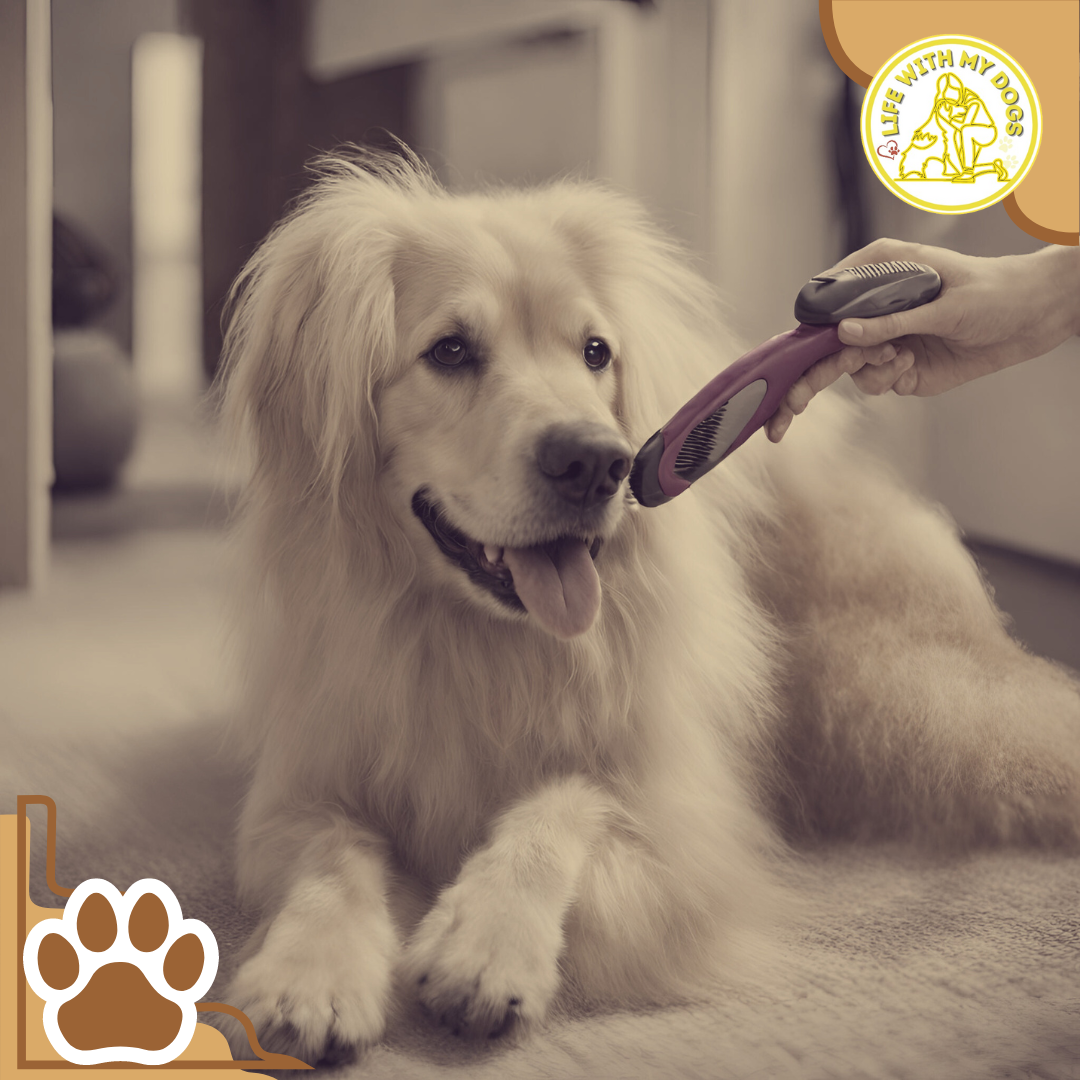
Dog Brushes: Wrapping Up Your Grooming Journey
Wrapping things up, grooming your pup is such a key part of their care routine, right? We’ve covered a lot here, from picking the perfect brushes to making sure you’re using them just right. Hopefully, you’ve picked up some handy tips along the way to keep your furry friend looking and feeling their best!
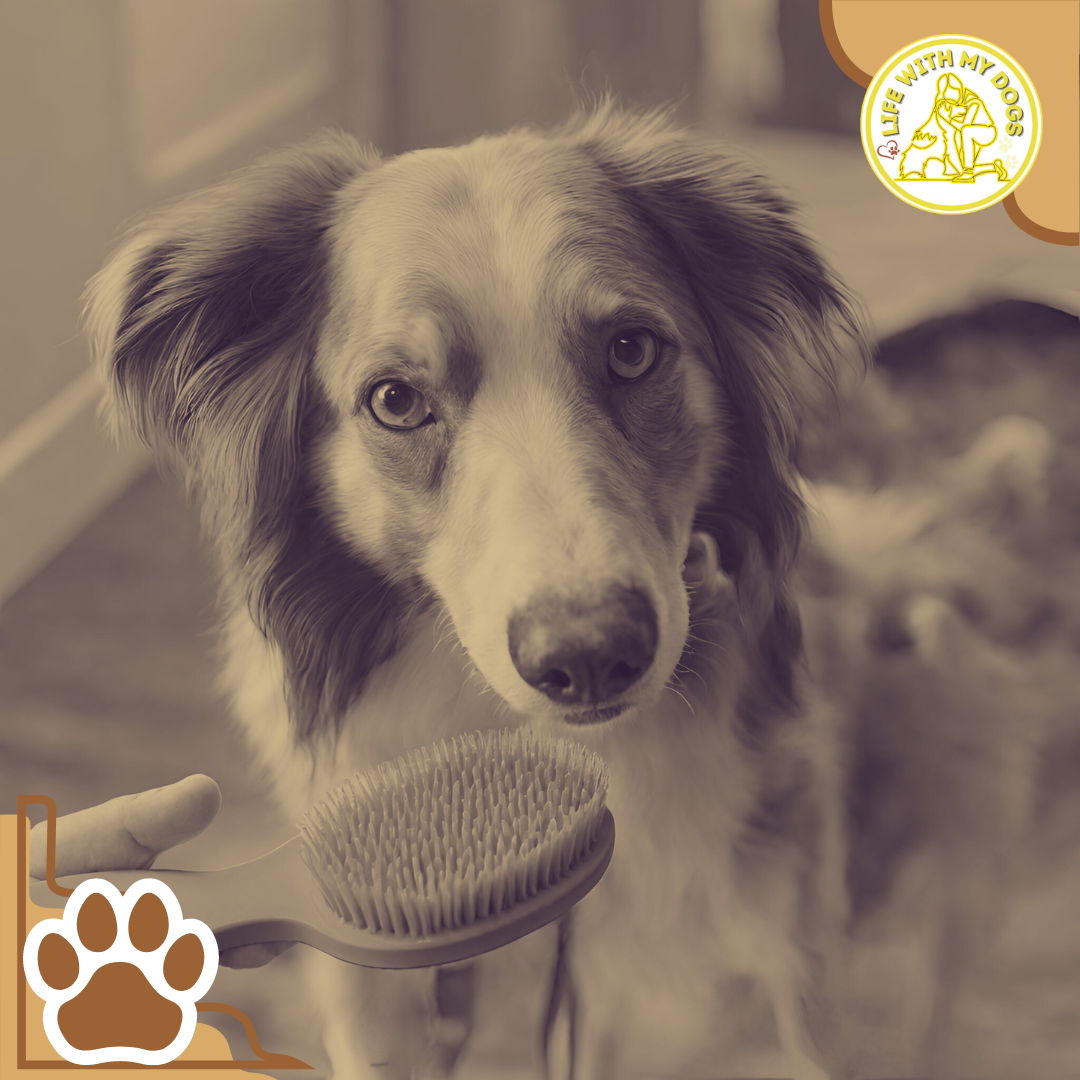
Hey, if you’ve got any burning questions or need a bit more guidance on grooming, don’t hesitate to drop them in the comments below. We’re all about supporting you and your doggie journey!
Here’s to many more happy grooming sessions and a healthy, shiny coat for your four-legged pal!
Frequently Asked Questions
In this section, I’ll address some common inquiries about dog brushes, including the types available, how to choose the best one for your dog, and the unique benefits each brush offers.What are the different types of dog brushes and what are their specific uses?
How can I choose the most suitable brush for my wire haired dog?
Which dog brushes are best for a dog that does not enjoy being brushed?
What are the benefits of using a rubber brush for dogs?
How do slicker brushes differ from bristle brushes?
Explain the difference between soft and firm slicker brushes for dogs?
Unleash Tail-Wagging Fun & Expertise!
Hey there, fellow dog lovers! Ready to dive into a world of wagging tails and paw-some grooming tips? ? Connect with us across our social media hangouts:
- Facebook: Dive into Life With My Dogs for daily doses of canine cuteness!
- Instagram: Get your daily dose of adorable with @lifewithmydogs2!
- Pinterest: Pin your way to puppy perfection with Life With My Dogs!
- Twitter: Tweet along with us @LifeWithMyDogs9 for pup-tastic insights!
- YouTube: Tune in to Life With My Dogs for bark-tacular videos and reviews!
- TikTok: Join the fun @lifewithmydogs for some tail-wagging entertainment!
From grooming hacks to heart-melting moments, we’ve got it all. Come join our pack!
